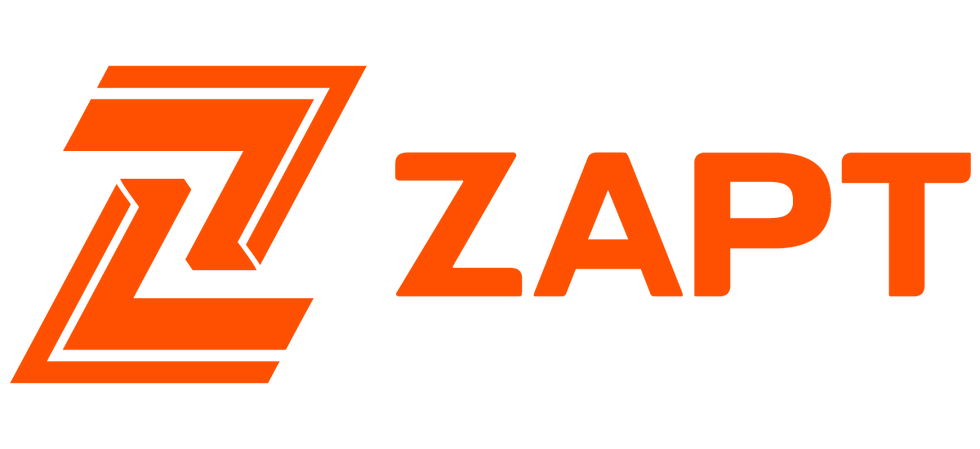Levels of Mowing Autonomy
- ZAPT
- Jun 3, 2022
- 1 min read
Updated: May 2, 2023

This week, we take a break from our “Stories From the Field” series to discuss the instrumentation and functionality required to enable operator-free mowing like ZAPT's fully autonomous mower, Nomad.
In the automotive world, the SAE defines six levels of driving automation for motor vehicles, from level 0, which requires hands-on driving to level 5, which is full driving automation. We have described below the progression of automation in autonomous commercial mowing environments under similar parameters, from level 0, which we have today with an operator in control of the mower, to level 5, which delivers fully autonomous mowing. The mowing autonomy increases at each level, from adding sensors such as GNSS, IMU, encoders, cameras, LiDAR, ultrasonics, and radar to the electronic and software architecture of the mower. Each sensor addition to the platform improves data accuracy and increases redundancies in data sources. The fusion of verified and highly accurate data from these instruments creates a robust perception and localization engine that allows mowers to reach full autonomy safely and reliably.

Nomad reaches level 5 of full autonomy, working as a robot with no human intervention to mow grass independently or as part of a crew. Fully autonomous means Nomad works in all mowing conditions, including under tree canopy, and has the highest level of sensor redundancy to deliver high production mowing levels. Nomad's highly redundant sensor suite on Nomad includes inertial guidance technology, LiDAR, stereo cameras, ultrasonic sensors, and the latest GNSS technology.
Next week we will pick up our Stories From the Field blog series to demonstrate Nomad's navigation capacity in global & local path planning.
Comments